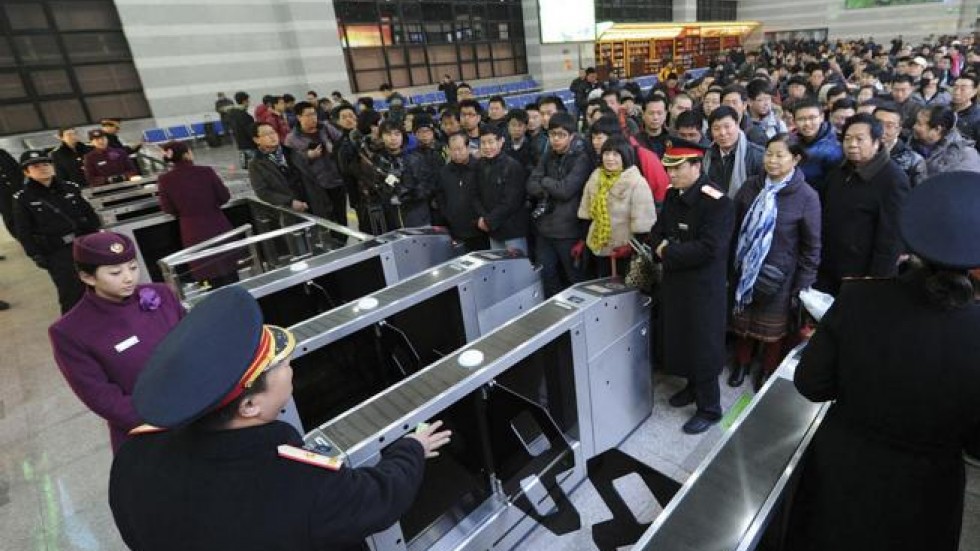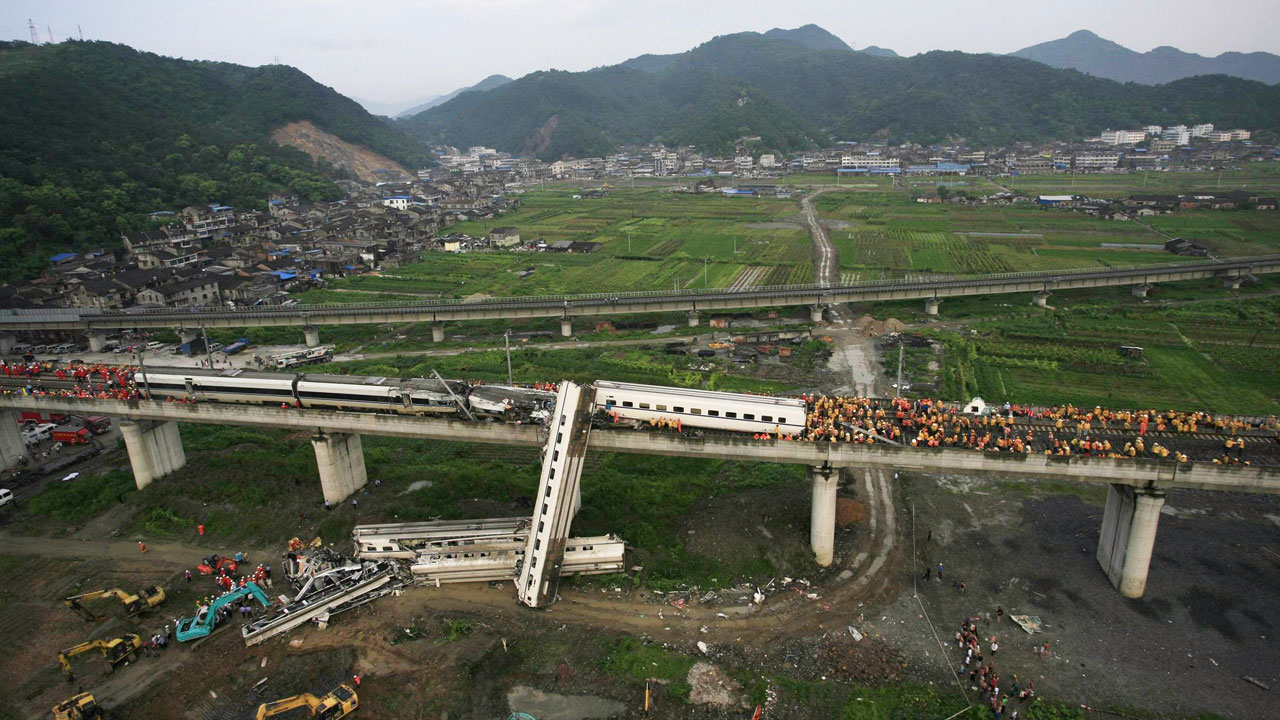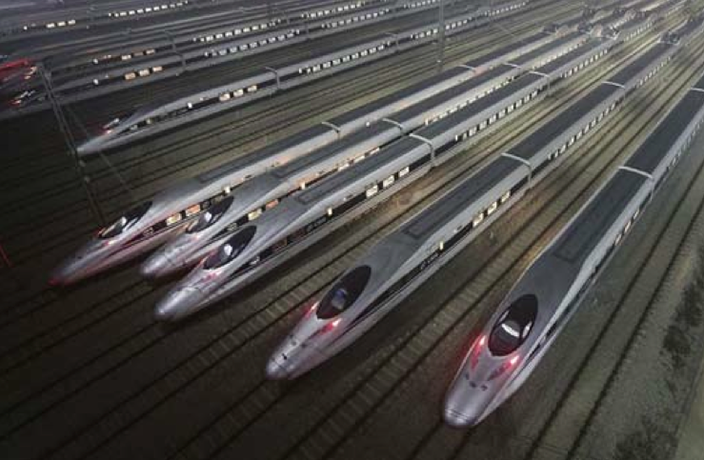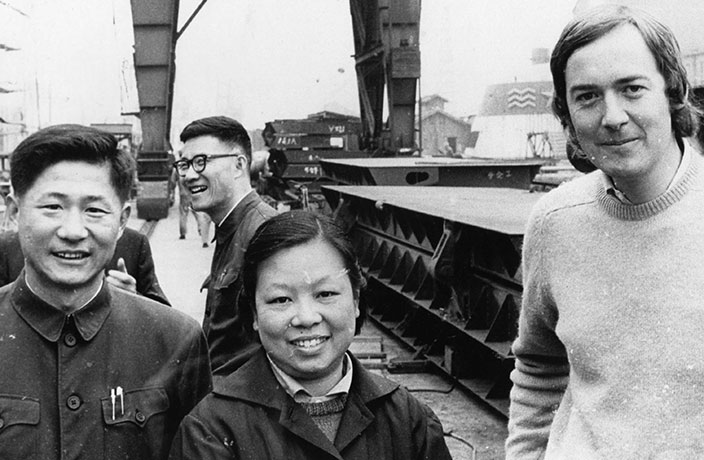Throwback Thursday is when we trawl through the That's archives for a work of dazzling genius written at some point in our past. We then republish it. On a Thursday.
By Marianna Cerini
Better, faster, larger.
Although opened to passengers less than a decade ago, China’s high-speed rail network (HSR) now boasts the world’s largest grid, with a goal to hit 30,000 kilometers by 2020.
More convenient than flying – which also remains prohibitively expensive for many – high-speed lines have dramatically reshaped the way China moves. Since its commencement in 2007, the high-speed network has carried nearly double the amount of passengers each month than the country’s domestic airlines. In response, aviation companies have moved to halt service on routes less than 500 kilometers when high-speed rail links are available, and have reduced flights on routes a distance of 500-750 kilometers.
With passenger traffic steadily growing at 28% a year, the number of high-speed rail travelers was recently expected to surpass the 54 million people a month who board domestic flights in the United States, the world’s largest domestic air market.

China's high-speed rail network now boasts the world's largest grid. (Image via SCMP)
Stitching the country together through around 2,000 train trips a day, it’s no surprise this transit option has become so popular, particularly as Chinese domestic flights have some of the worst air traffic delays in the world.
However, the impact that bullet trains have had on China’s transport system goes beyond mere railway/plane showdowns. It extends to productivity, relocation and new markets.
This huge infrastructure network has lessened the gap between companies and millions of potential customers and employees. When you can travel from Beijing to Guangzhou (the world's longest line at 2,298 kilometers) in eight hours, visiting factories and meeting clients goes from being a once-a-month trip, to a weekly routine.
It has also reduced shipping costs and travel times, as well as increasing business along the route. For instance, research centers in cities like Beijing and Shenzhen are now able to send employees to factories in locations with lower wages, like Changsha, in order for them to oversee their product design and development.
China’s rail revolution has also helped to speed the rate of urbanization by moving rural families residing in the path of the oncoming tracks to newly built residential centers and districts centered around high-speed train stations, creating brand-new suburban clusters amid former backwaters.
However, such breakneck growth has not come without a cost. System-wide issues, including high debt as well as numerous cases of corruption in the bidding process, have cast a shadow of distrust. The deadly Wenzhou crash, which killed 40 people and injured 192 in 2011, did nothing to assuage fears.
The government has since moved to sure up public confidence, handing former Railways Minister Liu Zhijun a suspended death sentence for corruption and abuse of power, after he was found to have accepted bribes totaling more than RMB64 million over 25 years.

The deadly Wenzhou crash killed 40 people and injured 192 in 2011.
This was followed by an announcement of plans to spend USD113 billion on railway infrastructure every year until 2020.
In January 2013, the final links of the 2,078 kilometer east-west route between Shanghai and Chengdu became operational, connecting China's primary economic center with the country's largest western hub in just 20 hours – normal trains take twice as long. That July, the Nanjing-Hangzhou-Ningbo high-speed railway, stretching across east China's Yangtze River Delta, was officially opened to the public, cutting travel time between Nanjing and Hangzhou from 140 minutes to 70 minutes. More links will be added in months and years ahead.
Soon, finding more investments for such plans will no longer be a simple Chinese matter. During a state visit to Thailand, Premier Li Keqiang opened an exhibit on China’s high-speed rail system in Bangkok to promote a high-speed railway linking China, Thailand and Singapore in less than 12 hours – an attempt to seek business for his country’s technology, but also a sign of the Middle Kingdom's growing influence in South-East Asian affairs. China’s high-speed ride is heading to far, far away destinations, and there seems to be no stopping the locomotion.
This article first appeared in the November 2013 issue of That's Shanghai. To see more Throwback Thursday posts, click here.





















0 User Comments